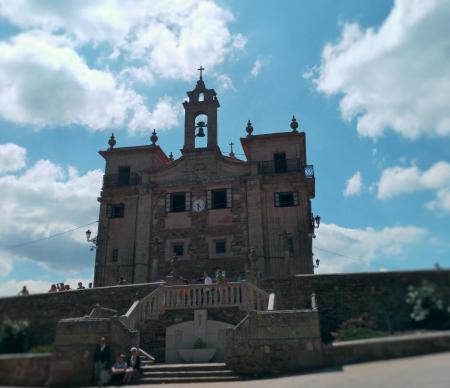
Losón (Our Lady of O Corpiño Sanctuary) This neoclassical church was built in the XVIII century . This curious building seems to have two fronts of building.

Vilanova (San Xoán) Church of Romanesque origin, reformed in the s. XVIII. The facade, with very irregular stones, and the side walls are preserved from the Romanesque...
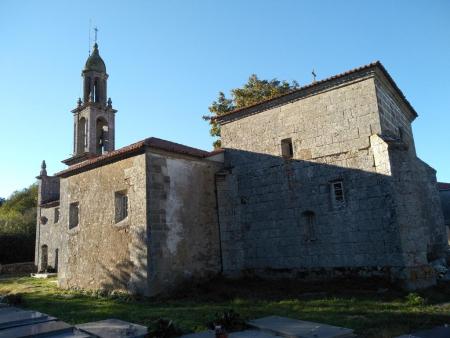
Soutolongo (Santa María) In this church we find elements of different architectural styles, including Gothic, quite rare in Galicia.
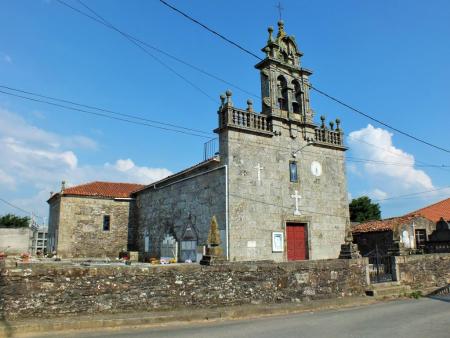
Santiso (San Román) Draws attention the facade with a balaustrade an pinnacles at the top.
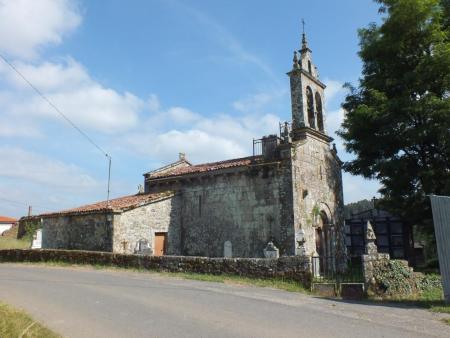
Rodís (San Xiao) This 12th-century temple is one of the Romanesque jewels of the municipality, since its original fabric is almost intact.

Prado (San Martiño) In this church we can observe the evolution of a small Galician rural temple.

Palmou (San Xoán) Although this church was very reformed, it conserves some elements of its Romanic building of end of 12th century.

Palio (Santa Baia) Its origins in the 11th century make it the oldest church that is preserved in the municipality.

O Cello (San Martiño) This church has a Romanesque rectangular apse with granite ashlars, with an arrow-hole blind on the top.
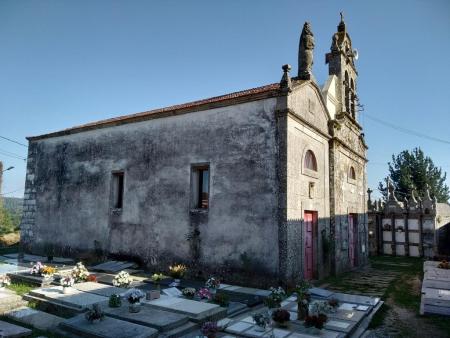
Moneixas (San Adrián) It conserves several elements of its Romanesque factory from the 12th century, inside.
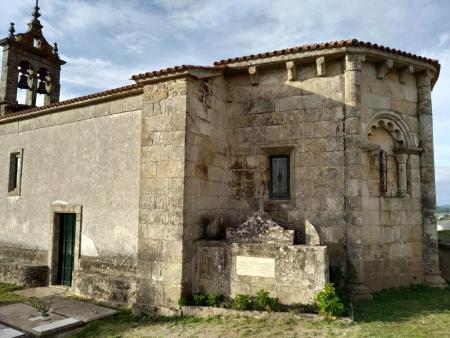
Losón (Santa Baia) According to the inscription located on a buttress, this church began to be built in the year 1165.

Lalín de Arriba (San Martiño) It retains many elements of its 12th century construction, apse, western façade, corbels, stonemasons' marks, loopholes and a triumphal arch.

Goiás (San Miguel) This atypical church, built in the 12th century, still preserves the essence of the Romanesque temples of rural Galicia.
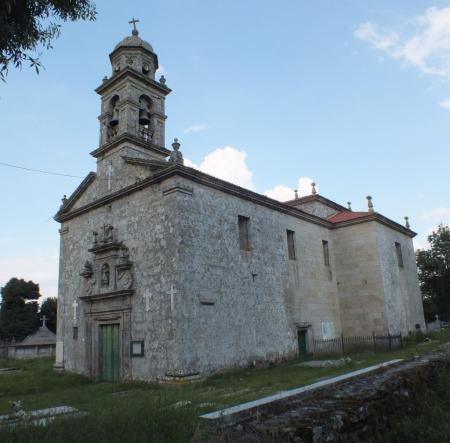
Donsión (Santa Baia) Baroque style. Ordered to be built in 1731, by Cayetano Gil Taboada.

Donramiro (Santa María) Its original construction dates back to the first half of the 12th century, although it was reformed in 1654.
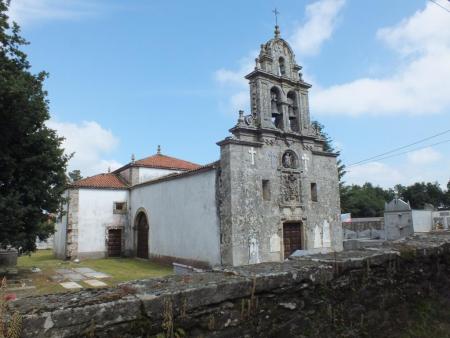
Cercio (Santiago) Built in the year 1700.

Castro de Cabras (San Pedro) It appears mentioned in documents related to the Oseira monastery from 1210.

Cangas (Santa Mariña) The most probable date of construction of the church would be 1179
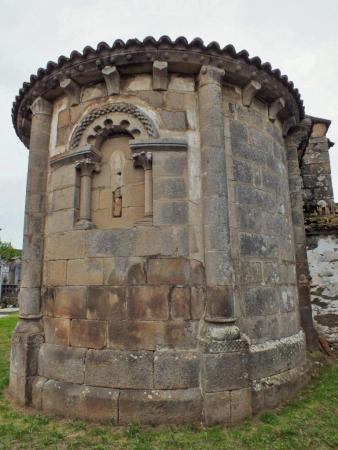
Camposancos (San Cristovo) It is a church made with irregular stones. It has a semicircular apse from the 12th century
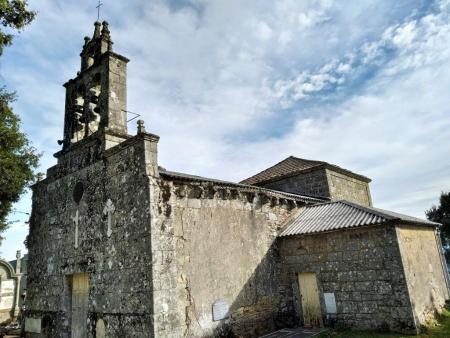
Bermés (Santa María) The parish of Bermés appears mentioned in the documents of Bishop Odoario in the 8th century. The original church was replaced in the 12th century.
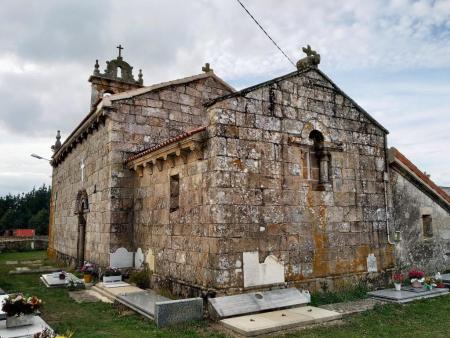
Anzo (San Xoán) This church stands out by abundance and purity of its Romanesque elements of 12th century.
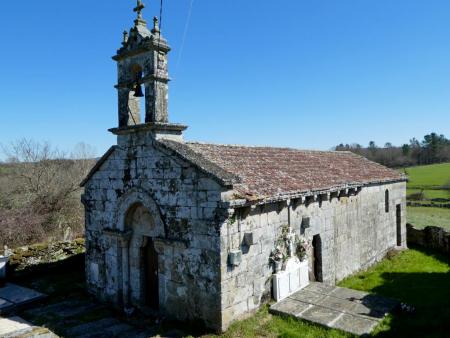
Alperiz (San Pedro) The church was built in the middle of the 12th century.

